By Kevin Brzozowski
We’ve all heard stories of small plaintiffs unable to fight large corporations in court due to legal costs. Now we can quantify the problem: The World Justice Project survey found that although 66 percent of people in the United States experienced a legal problem, only 33 percent were able to get help. And only 15 percent were able to do so through the court system. If only they had the money and resources to fight.
Enter litigation funding.
Litigation funding has been a rapidly growing industry in the United States in recent years, with assets under management totaling $13.5 billion as of 2022. Simply put, litigation funding is a third-party investment to fund a lawsuit. Usually, the industry consists of private equity funds, hedge funds, and other investment groups that provide capital for a plaintiff’s costs and expenses in litigation in exchange for a financial stake in the litigation outcome. Unlike traditional loans, litigation funding agreements are non-recourse, meaning litigants are not required to pay back funds if the case proves unsuccessful. If the case is successful, however, the financial model can prove highly lucrative.
Let’s explore the rise of litigation funding and consider the case for greater transparency.
The Attack
After the COVID-19 pandemic, lawyers’ willingness to seek litigation financing dramatically increased, according to Bloomberg Law. Some 32 percent of lawyers report they are more likely to do so now due to the economic downturn.
Although proponents of litigation funding arrangements argue they level the playing field by increasing access to justice for small plaintiffs to bring suit – typical headline: “A Controversial Industry Does Well by Doing Good” – the field breeds controversy. Critics point to concerns about transparency, U.S. strategic interests, and potential burdens on courts due to frivolous litigation.
Further, though some have compared these arrangements to contingent-fee arrangements (where a client only pays if the case is successful), others argue the underlying interests in these cases are remarkably different. For example, in contingency-fee cases, the lawyer and client are aligned: the higher the award, the higher the payout to the attorney via an agreed upon percentage. But in litigation-funded cases, generally the funder gets the first bite at the apple. So, if a funder provides $10 million to fund a case potentially valued at $50 million, it may pounce on a settlement offer of $10-15 million, knowing it will receive its investment back. But a plaintiff may want to push forward, knowing that it will receive little to nothing of that amount if most of the award goes to paying the funder.
Despite an increase in interest, litigation funding heavily depends on the practice area. For example, Bloomberg Law’s 2021 Litigation Finance Survey notes that investor funding is most prevalent in commercial litigation cases, with nearly 70 percent of funders providing capital and 32 percent of lawyers receiving financing in this space. But areas like product liability and pro bono cases are rarely funded, with only 8 percent of lawyers signaling interest in funding in these spaces.
Specifically, the patent litigation space, which accounts for one-fifth of new capital committed to third-party litigation, has been a particular flash point in the debate around transparency in litigation funding. The main point of controversy revolves around the growing link between third-party litigation funders and Non-Practicing Entities (NPEs).
NPEs are businesses that purchase baskets of patents on the secondary market and mass-litigate in the hopes of favorable awards or settlements on a minority of the patents they assert. Their use of litigation funding has sparked controversy across business, courts, and governments both in the U.S. and around the world.
In its altruistic form, third-party litigation funding in the patent space helps under-resourced inventors realize the value of their innovations, facilitate reinvestment in research and development, and move U.S. industry and competitiveness forward. It can also help small-time innovators protect their products by allowing access to capital to pursue litigation against big defendants.
There’s also a non-altruistic form. The rising share of patent cases facilitated by third-party funding and involving NPEs suggests that investment capital is skipping over individual inventors in favor of high-potential returns offered by NPEs in asserting purchased patents. For example, more than 600,000 patent applications are filed each year, and most of them are granted, leading to the issuance of many low-quality patents. NPEs seize the opportunity to acquire these overly broad patents and then use them in patent infringement cases.
Critics note that NPEs are not just targeting large corporations. These so-called “patent trolls” target small to medium-sized businesses 32 percent of the time.
The Counterattack
Lobbying for transparency in litigation funding generally, and patent ownership structures in particular, is on the rise. Elected leaders have raised alarm that overseas adversaries may be able to attack U.S. economic interests through our own legal channels by burdening innovative American companies through mass litigation, while gaining legal access to confidential business information as part of the litigation process. The concerns linking litigation funding and patent ownership transparency to U.S. national security are deep enough that a proposed transparency effort introduced in Congress, the Pride in Patent Ownership Act, was attached in part to national defense legislation that includes funding for the military.
The proposed patent ownership legislation required changes in patent ownership to be publicly registered with the U.S. Patent and Trademark Office (USPTO) within 120 days of the change in ownership, on penalty of forfeiting certain infringement damages awards. The counterargument is that since patent applications are made public by the USPTO, would-be infringers are already aware that the patented material is protected.
So, the argument goes, adding awareness of who owns that material would not present an additional deterrence to infringement. In fact, it could actually encourage infringement by larger players when they discover a patent holder who is under-resourced or unlikely to mount a robust defense of their intellectual property rights.
Faced with serial litigation from NPEs asserting patents on material in pharmaceuticals, telecoms, and other key industries, big business is pushing back and leading the charge for transparency in litigation funding and patent ownership.
Firms large and small have realized a shared interest in transparency and supported trade groups dedicated to defending against legal action brought by NPEs. Unified Patents, an organization of more than 200 businesses including household names in the technology, automotive and energy spaces, undertakes deterrence activities. These include arguments for patent invalidation to counter the threat posed by NPEs in asserting their acquired patent portfolios.
The Courts Weigh In
Another potential issue with litigation funding concerns the lack of transparency about when a patent litigation plaintiff is in fact a genuine innovator, or a shell company leveraged by NPEs with controlling interests in the matter. These types of arrangements are ripe for potential ethical issues, including the possible strain on the lawyer’s fiduciary duty of loyalty to the client, as well as issues related to the lawyer’s financial interest in the outcome of the matter and ability to provide unbiased advice to the client.
Despite opponents’ demand for disclosure, Westfleet Advisors found in 2021 that U.S. courts continued to protect confidentiality in litigation funding. But recent court activity indicates a move towards transparency on the basis that opaque patent ownership and litigation funding structures can make it difficult for judges to determine grounds for recusal, alter the litigation narrative (a litigant presenting as a “David” can in fact be backed by Goliath-sized capital pools), and overburden courts with frivolous litigation.
Last year an appeals court upheld a District Court judge’s order that ownership and funding disclosures be required in the course of patent litigation. Chief Judge Connolly of the Delaware District Court, a renowned patent litigation venue, discovered ownership and funding linkages between several patent cases in his court and moved to require litigants make known any third-party litigation funding, as well as the identity of all ownership interests in a patent under litigation.
Naturally, controversy ensued. In the appeal with the Federal Circuit, the patent owners argued that confidential business information may be compromised by the disclosure requirements. The counterargument, supported by amicus briefs from business groups and individual companies, pointed to frivolous litigation as inherent to the business strategy of NPEs. A potential middle ground calls for in-camera inspection of these arrangements, allowing for protection of patent ownership structures as well as the litigants they represent.
Strong fundamentals have made the litigation funding industry an attractive investment opportunity, with analysts citing resilience in challenging economic environments over the past couple of decades. Still, transparency concerns, especially in intellectual property, raise important questions about the risks associated with investors using the U.S. courts system for profit – all the more when interested parties include overseas entities.
Justice for All?
Much like the debate surrounding litigation funding, the competition in the space continues to grow. As new funds are created, new NPEs are formed, macroeconomic conditions affecting capital availability take hold, and the size of funded litigation as a share of overall U.S. litigation ebbs and flows, the future of the field is murky at best. Skeptics might say it’s as clear as mud.
Ideally, court decisions and lobbying efforts will continue to shape transparency efforts, hopefully answering the question, “Do you have a right to know who is suing you?” Perhaps, with transparency at the forefront, the litigation funding space may be able to establish itself as a reliable and ethical source of support for litigants, contributing to a fair legal system for all.
Looking to partner with Level Legal? Contact us today.
Kevin Brzozowski is a director of business development at Level Legal. He has more than 15 years of experience in eDiscovery, including work for a global eDiscovery provider and multiple IP-focused litigation firms.


